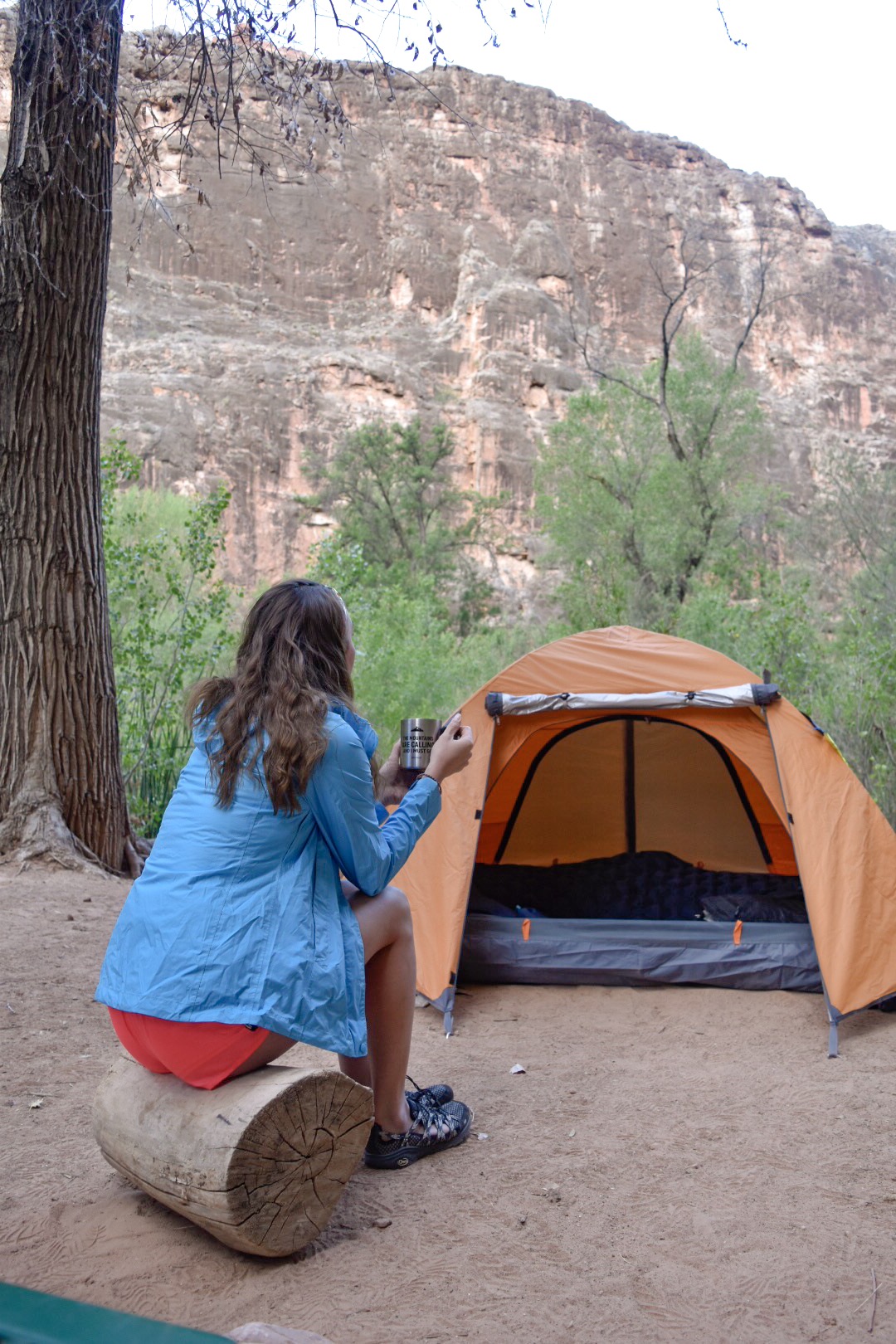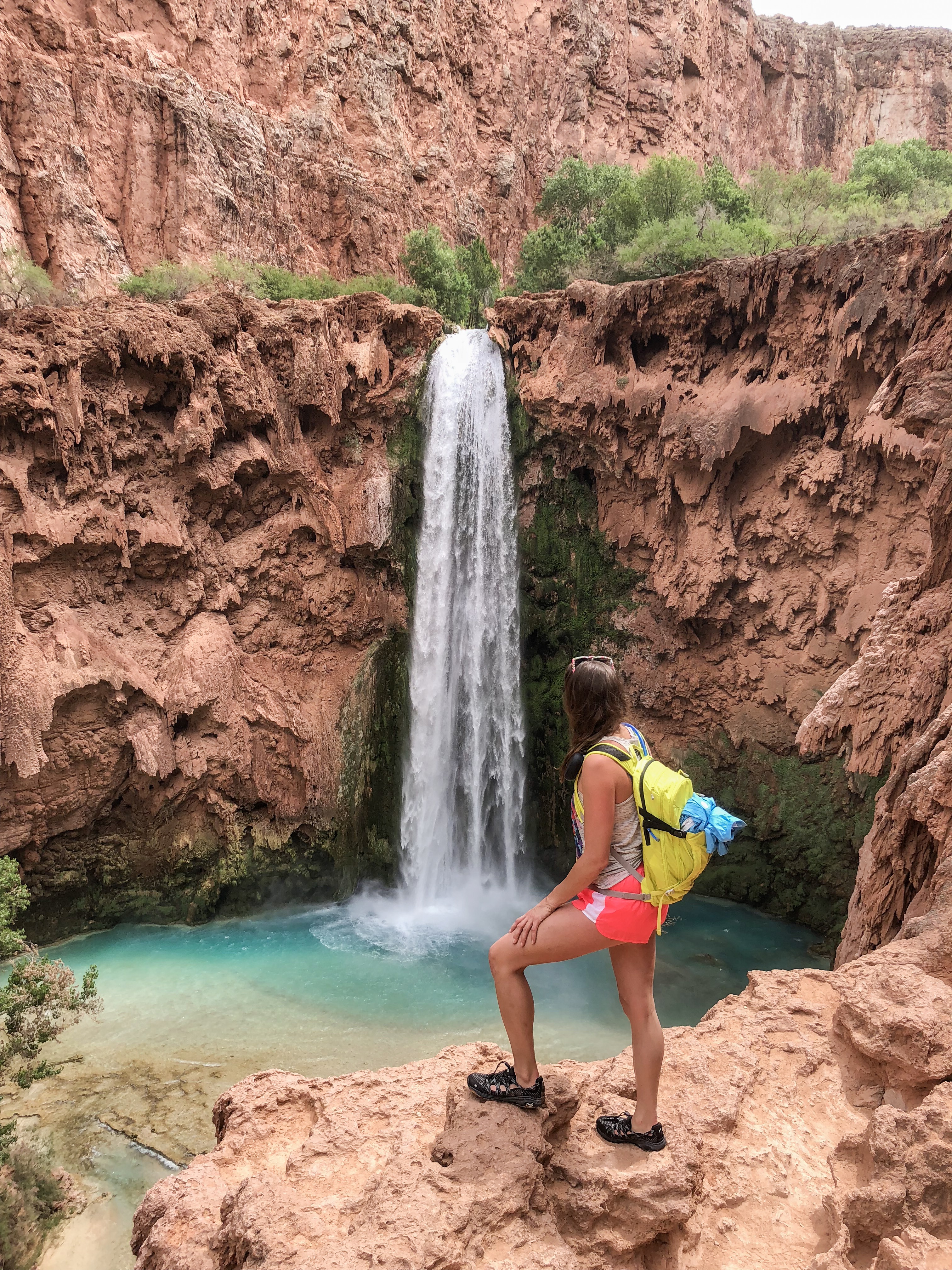Taking breaks from the chaotic hustle and bustle of a fast-paced life to reconnect with nature can seriously do wonders for one’s overall well-being. As a lifelong city dweller, staying in touch with nature has been such an imperative part of my own personal health. Learning how to survive in the wild with just the bag on my back has opened up so much of the world and taught me many invaluable lessons. Apart from the obvious physical health benefits that trekking and backcountry camping have, there are so many other reasons to pack up a bag and jet off to the wilderness.
The more time we spend outdoors, the healthier we become in every aspect of our lives. By disconnecting from technology, we allow ourselves the space to de-stress, recharge, and truly reconnect with the world around us. This lack of outside distractions can spark our creativity, lower our stress levels, and help us regain a sense of wonderment for the little things in life. The smell of wild flowers, the beauty of the clouds in the sky, the incredible galaxy of stars glowing at night, the sound of the grass blowing in the wind; these are all things we can easily overlook when we have so many outside distractions absorbing all of our attention.
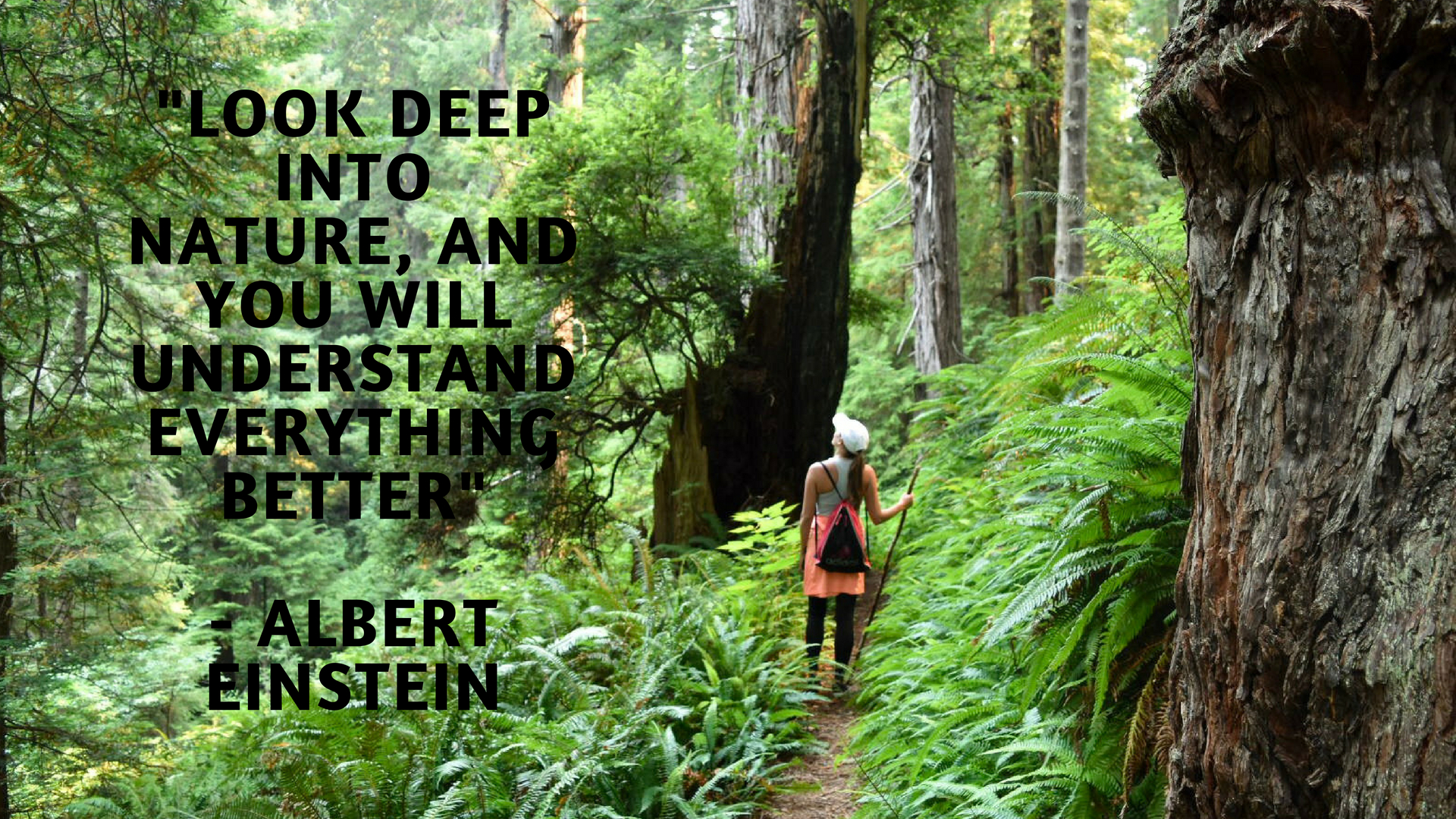
Spending a little time to breathe and sleep away from artificial light and the buzz of technology can greatly improve sleep patterns and reset the body’s circadian rhythm. It improves overall mental health and has positive, lasting effects even long after returning from a weekend away.
Backcountry camping and trekking can no doubt be slightly daunting for a first timer to tackle. When we are so used to having everything we need within reach of our fingertips, it’s hard to imagine surviving time in the wild with just what you have on your back. With all things though, continued exposure, practice, and preparation will lead to enjoyment and lasting long-term benefits. Preparation is half the battle, so I put together a comprehensive list of all the basic amenities (and some) you will need for a weekend out in the wild.
Use this checklist as a basic guideline for building your own backcountry camping kit. Before you know it, you will be out exploring places you thought only existed on the pages of National Geographic Magazine.
Camping/Sleeping Equipment
- Lightweight Tent – depending on your needs, I recommend a single or double tent that weighs no more than 5 lbs. Every pound adds up, so the lighter your tent the better. If you purchase a two-person tent, you can split the poles and tarps with your hiking buddy to share the load!
- Tent Bottom/Rain Shield – this is not a necessity, but I recommend it. It works well to protect your tent bottom from muddy terrain or areas with sharp rocks that could potentially puncture the underside of your tent.
- Compression Sleeping Bag (weather appropriate) – check what the lowest temperature the sleeping bag can withstand is before you make a purchase. If you plan to camp in the winter, you will need an all-season model. Having one with a built in compression bag can help save space in your bag for other items.
- Inflatable Sleeping Pad – a total backsaver and as a bonus it can double as a float raft for lakes or waterfalls!
- Inflatable Pillow – this is more for comfort purposes, but clothes can be used as well to consolidate the load.
- Flashlight or Solar Powered Lantern – for seeing around your campsite at night. Most backcountry camping areas won’t allow or have fire pits to use for light.
- Earplugs and Eye mask – if you plan to sleep in past the sunrise.
Hiking Gear
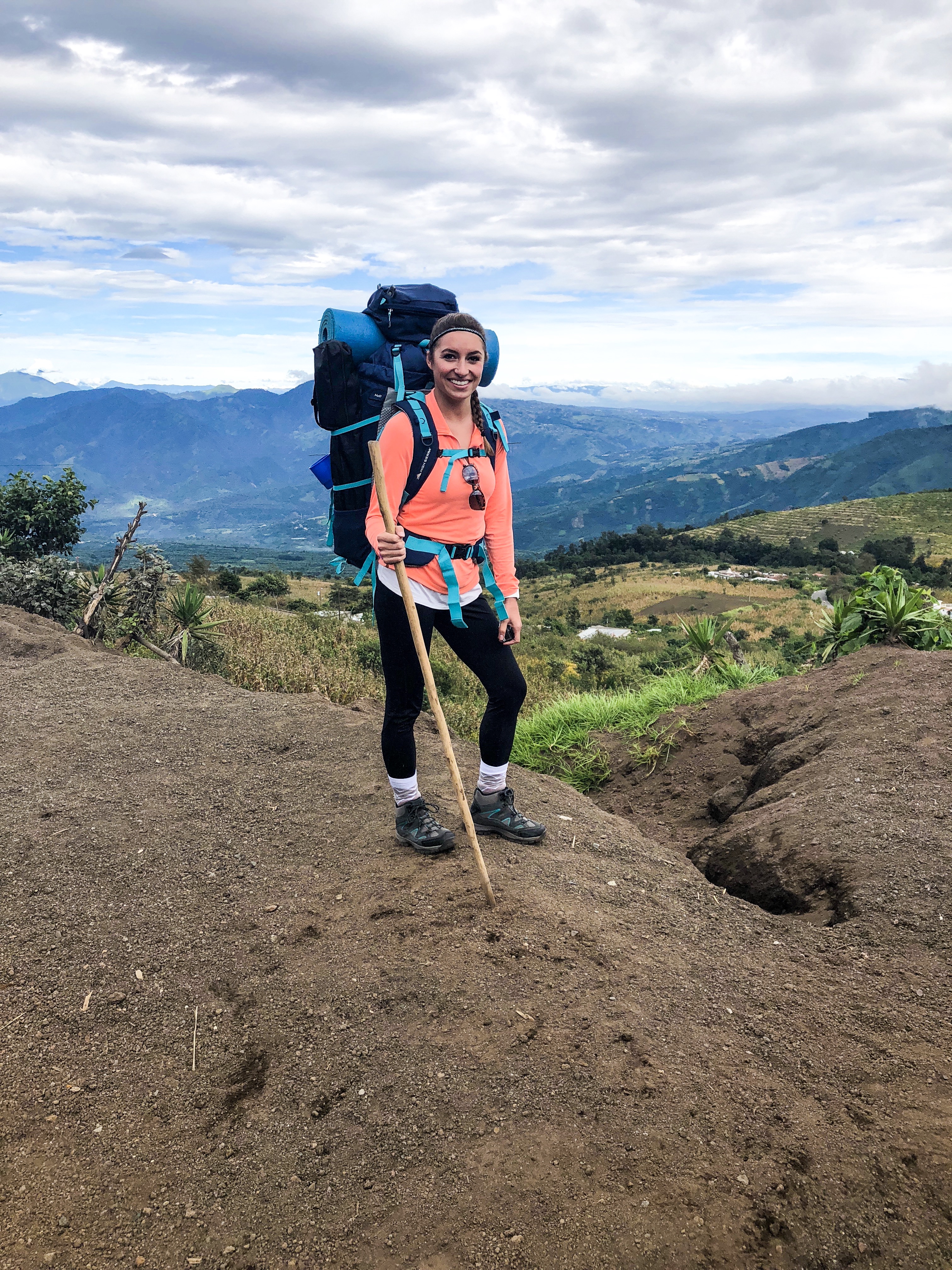
- Camelbak/Daypack – for day-hikes done away from base camp. I prefer my 3L camelback because it is versatile and can hold a lot. There are great foldable options as well like this one on amazon that help keep the load light.
- Hunting Knife – don’t leave without it! You may need it to save your life.
- Emergency Whistle/Compass – again, could save your life.
- Headlamp – great for hands off hiking in the night hours or early morning hours to catch a sunrise. Also great for night photography (I recommend one with a red light setting for this).
- Trekking Poles – these help with water hikes to test out footing and also help with evening out the load during long hours of trekking. The foldable models are great space-savors and can slip into the side pocket of a good daypack.
- Backpacking Bag – make sure you get one that fits you correctly! A backpack not sized properly can cause serious physical damage over time. If you are interested in getting fitted for the correct size/style, you can go to an outdoor specific store like REI. I recommend a bag that has a removable top flap for use as a daypack. I also recommend a built in or accessory rain cover to keep everything dry should you end up in a storm.
- Dry Bag – a drybag is my must-have even for hikes that are not over water. These bags are a lifesaver for expensive electronics in the rain like camera gear or cell phones etc.,
- Duct Tape – for fixing any holes, covering blisters, supporting sprained limbs, etc.,
- Crampons – these are great for icy hikes in the mountains, but they can also double as stability cleats for muddy and slippery hikes (usually found in tropical conditions). They may not always be necessary, but they are such a lifesaver for maintaining footing on certain advanced hikes.
Nutrition/Hydration
- Water Purifying Kit/Tablets – good as a back up plan if you run out of water supplies during the hike.
- Collapsible Water Jug – mostly for use in places where you have a fresh water source and have to walk back and forth to it. Also great if you have to bring a lot of water and want a container that will take up minimal space on the trek back. It is recommended to bring around 2L of water per person/per day for overnight hikes.
- Cooking Set – unless you only want to eat granola bars during your trip, I recommend a small cooking set that can be folded into an easy carry-on bag.
- Propane Tank – make sure this fits the lighting nozzle that comes with your cooking set! You don’t want to be stranded without heat to cook your belongings. You will have to buy this on the way to your destination post-flight. These are not legal to bring aboard airplanes.
- Flame Starter/Lighter – this is good to have as a backup for emergencies. Always make sure it is legal to start a campfire in your area prior! Make sure to set up the fire in a safe and secure way and never leave it unattended.
- Mug – optional but looks cool on the pack!
- Hydroflask Water Bottle – keeps drinks cold or hot for up to 48 hours and is basically indestructible.
- Trash Bags – for food and trash storage (hang them in the tree to avoid animals from scavenging and NEVER leave food in a tent or pack).
- Seasoning Kit – because camping food doesn’t always have to be bland!
- Foldable Tables/Chairs – these are not necessary unless you are hiking shorter distances, but they can be a nice luxury to have.
- Biodegradable Soap – you will want to wash out your dishes to avoid attracting bugs and animals. Regular dish soap can be harmful to the environment. Use biodegradable soap to help keep nature safe. Most of these are pure enough to use as body wash as well.
Personal Items
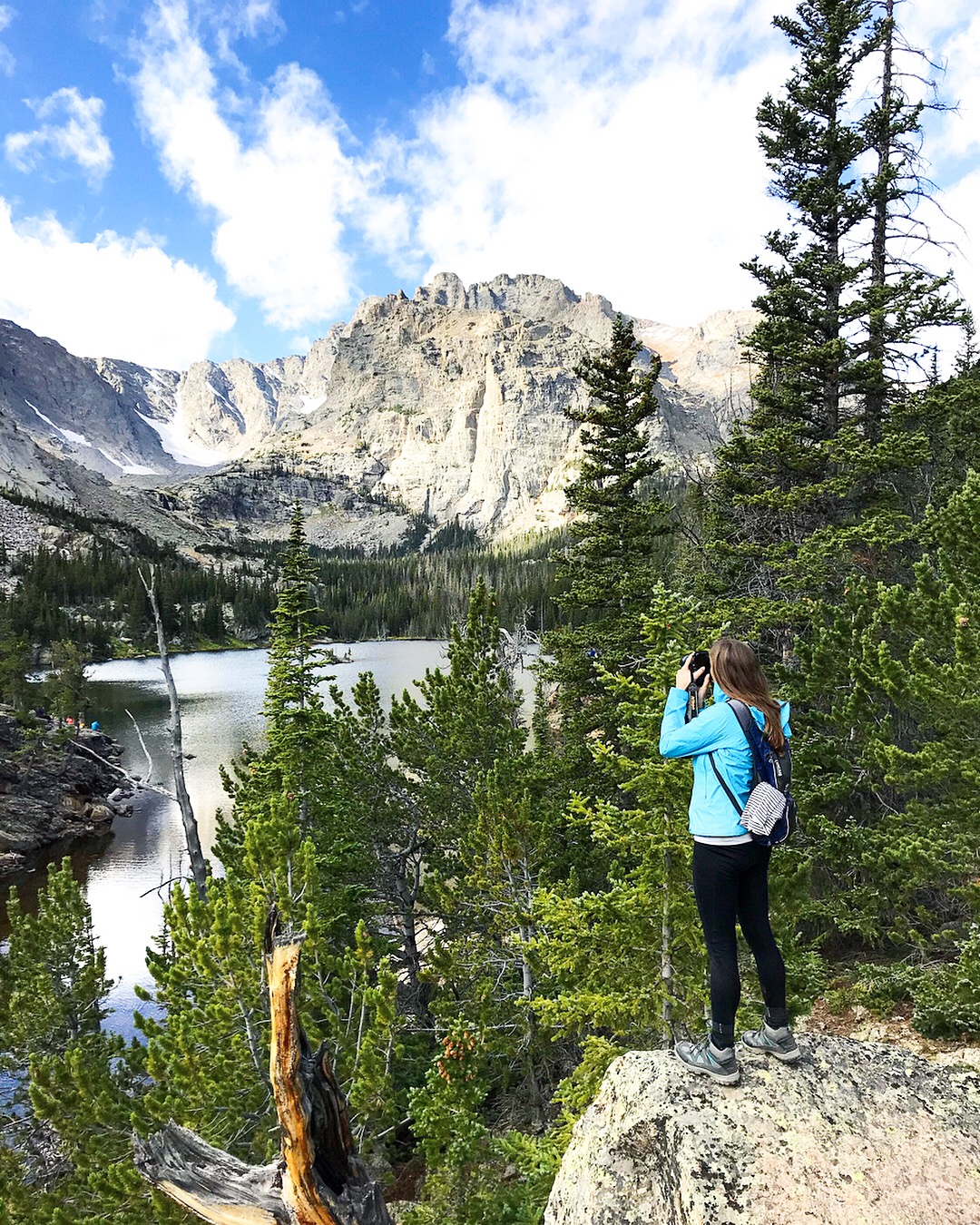
- Journal/Reading Materials – there is nothing more peaceful than chilling out and reading your favorite book or writing out your thoughts in a hammock.
- Solarpower Charger – simply put, this is a game changer.
- Camera Gear – gopro, DSLR, extra batteries, drone, whatever your poison, bring it! It’s nice to have some memories to look back on and be able to document some of your favorite nature spots.
- Hammock – the one thing I always immediately regret if I don’t bring. This is a much lighter option than a folding chair and has so many uses. This can double as a beach blanket, tarp, and even extra blanket at night.
- Tripod/Camera Accessories – for the avid photographer. Invest in a lightweight model to take advantage of an array of specialty shot opportunities. Night photography with no light pollution? Yes please!
- Quick-dry Towel – can be used as a cold compress or sweat absorbant rag as well as a towel for nature showers.
- Waterproof Phone Case – I never leave home without it. Even if I don’t bring my phone along for the day I feel better knowing it will stay dry and protected no matter what. This model just slips right over your phone, is durable, and can double to hold important items like your ID, Credit Card, or Cash.
Toiletries
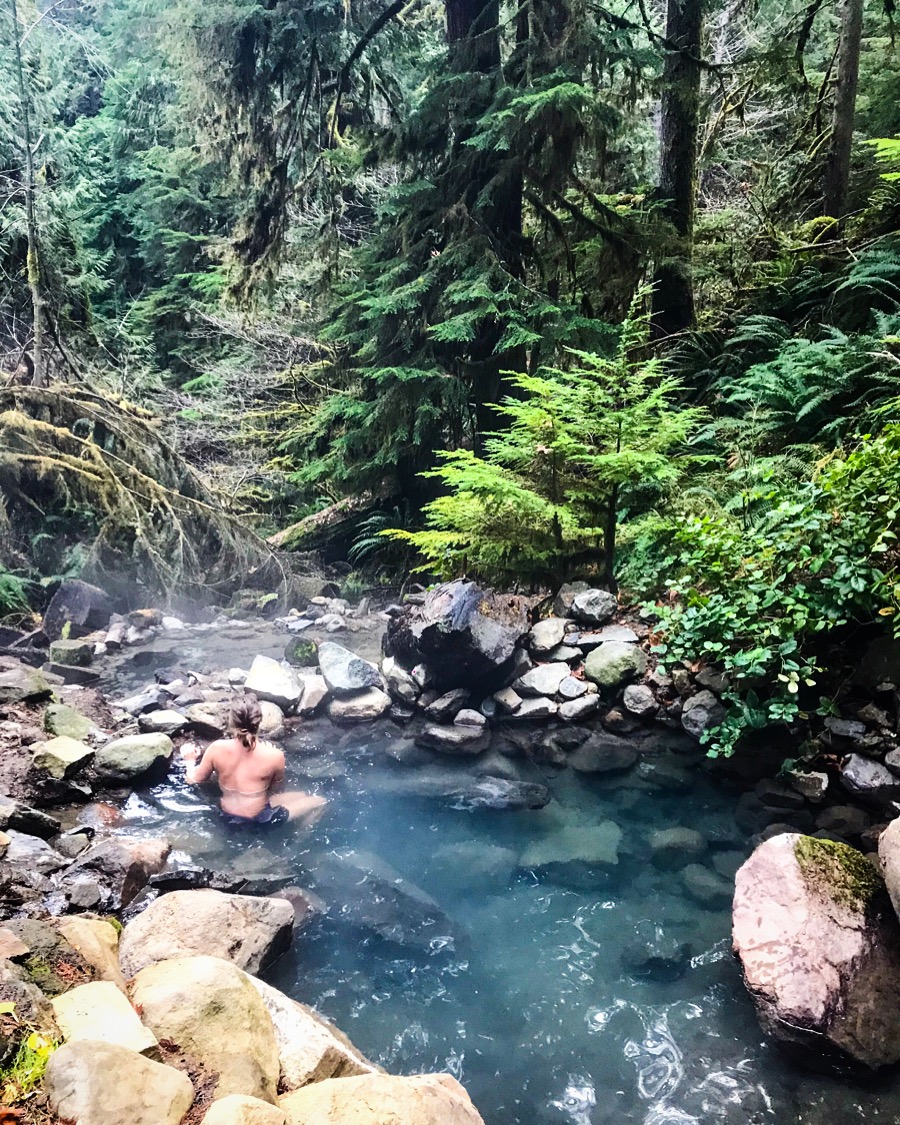
- First Aid Kit – anything from basic medications to antibacterial wipes and bandages. All things you will be thankful you have if you are miles away from medical assistance.
- Biodegradable Wet Wipes – for those gypsy shower days. These compost directly into the soil allowing you to dispose of them guilt free!
- Sunscreen – hiking puts you at higher elevations. Protect your skin!!! It’s not worth it to deal with the long term damages of sun over exposure.
- Chapstick – protect your lips from sun damage and keep them hydrated in dry climates.
- Insect Repellent – you do NOT want to forget this…trust me. I prefer the bracelets that are non-toxic and re-usable as they pack easily.
- Anti-Itch Cream – for when you forget the bug spray.
- Basic Toiletries/Deodorant/Dry Shampoo
- Moisturizer – I recommend lotion that is unscented (scent can attract mosquitos) and includes SPF.
Clothing
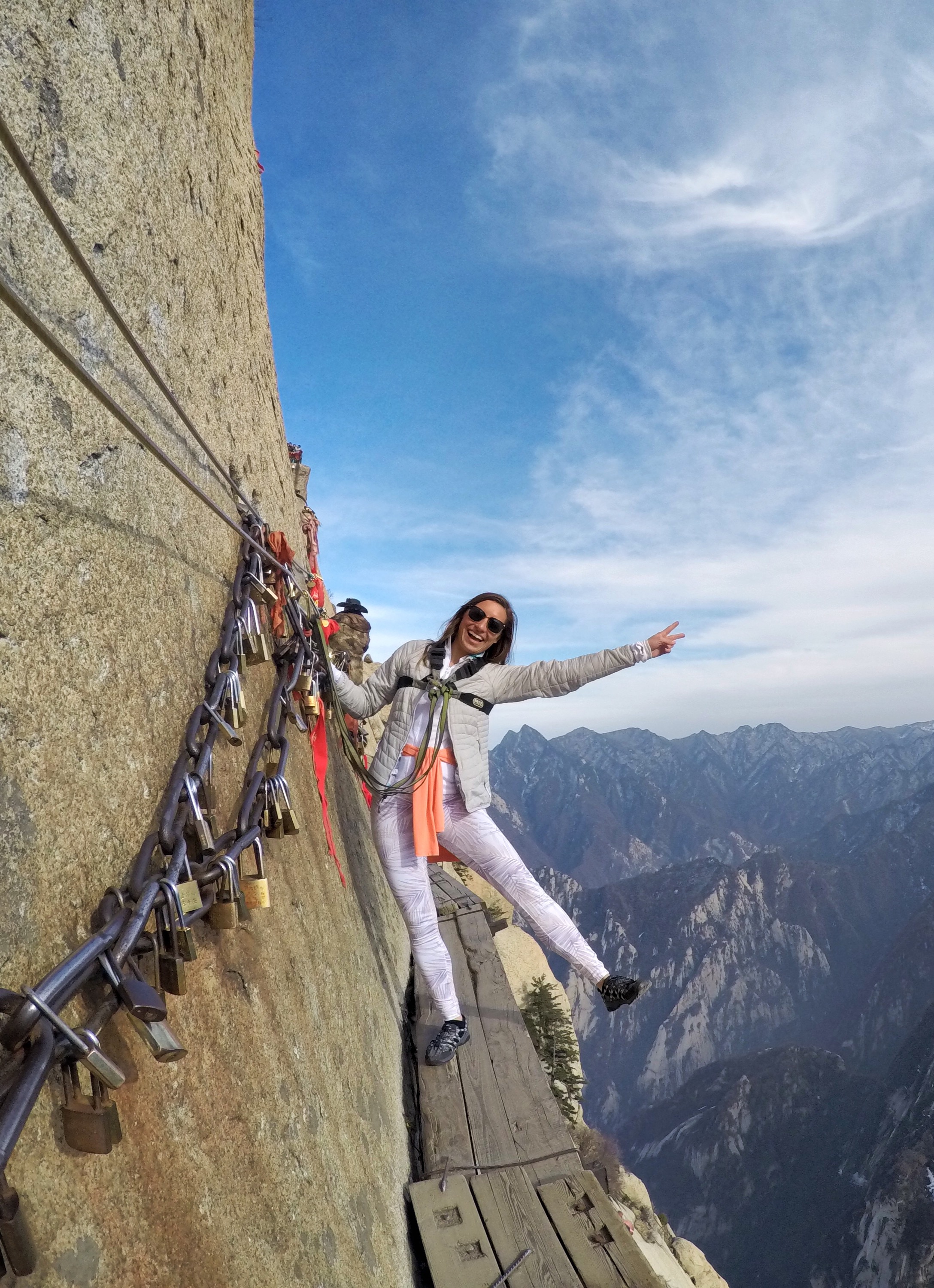
- Hand Warmers – even if the climate is warm, temperatures can drop at night. These are great for a small boost of warmth.
- Hiking Footwear – I can’t stress enough the importance of having proper and secure footwear on hikes. Don’t break in new boots on a long trek. Make sure your shoes are weather appropriate, and are fitted properly. Having to opt for a helicopter rescue for a broken ankle due to improper footwear is not ideal.
- Layers – for those hot days and cold nights.
- Waterproof Windbreaker – the hikers best friend. Splurge on this if you have too. If it keeps you dry in rough storms its well worth it.
- Hat – protect your head from the sun.
- Sunglasses – polarized are best to see your surroundings in a more natural color!
- Swimsuit – even if you are trekking in the winter, you never know if you are going to run into hot springs or maybe just dare each other to make snow angels in bikinis.
- Hiking Socks – I recommend supportive and high ankle socks. These can also be layered at night to keep your feet warm.
- Tent Sandals – bring rubber flip-flops or easy slip-on shoes that don’t take up much room. Nothing is more annoying than taking on and off dirty or wet hiking boots every time you have to pee!
Always make sure to do your research in advance before heading out to any wilderness area. Permits are required for backcountry camping in most national parks in the U.S. as well as many of the long-distance trails. There are many areas where backcountry campsites are first come first serve. You may have to plan to get to these locations very early depending on the season. You don’t want to make a long trek out to only end up being turned away due to sold-out permits or a lack of vacant campsites!
Read up on how to avoid situations that can put you in harms way. Make sure to take any and all precautions in learning what animals or plants can be potentially harmful to you in the area you plan to visit. Always keep to the marked trail to be safe, especially as a beginner! Make sure to check the weather forecasts and know what you will need according to the season you plan to visit.
Some trails require water crossings or may be closed depending on the season or natural weather occurrences. Being prepared is your absolute best defense against a rough first trip out in the backcountry! Most importantly, relax, respect the world around you, and have fun! Spending time in nature is one of the best ways to refresh and return to life feeling more connected and grounded than ever.
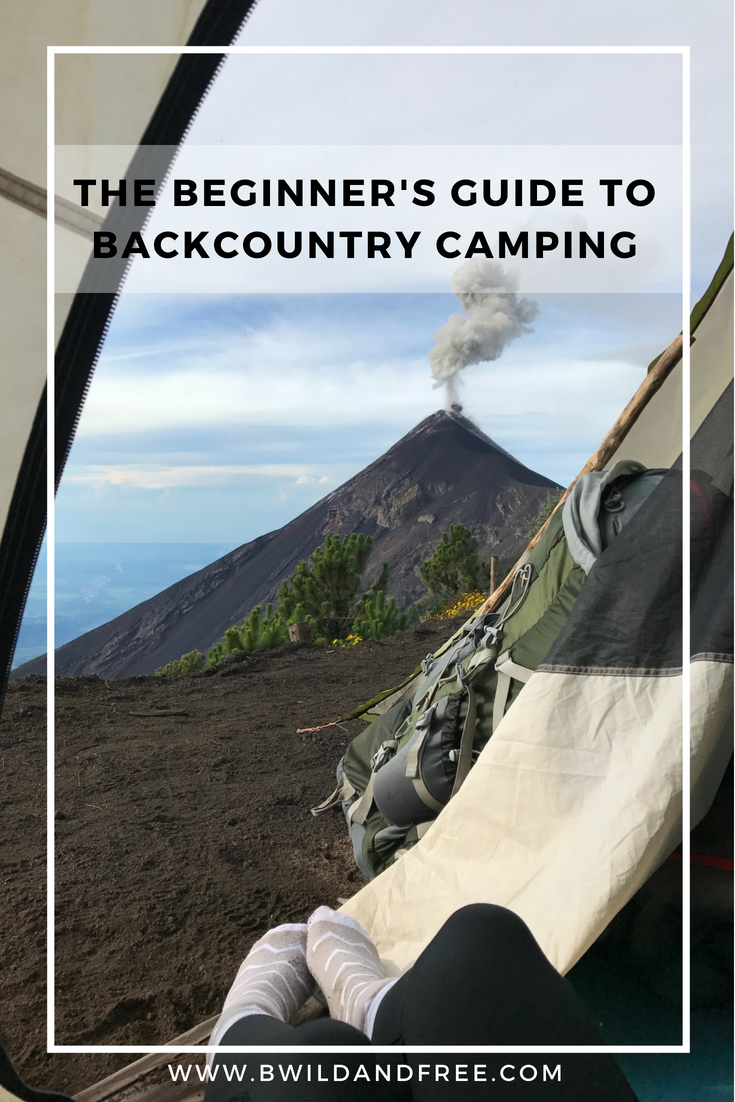
Do you have any tips or tricks you live by for your backpacking trips? Share them in the comments below!

